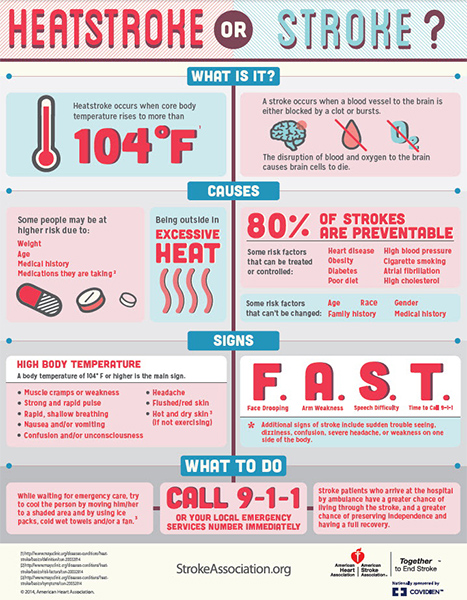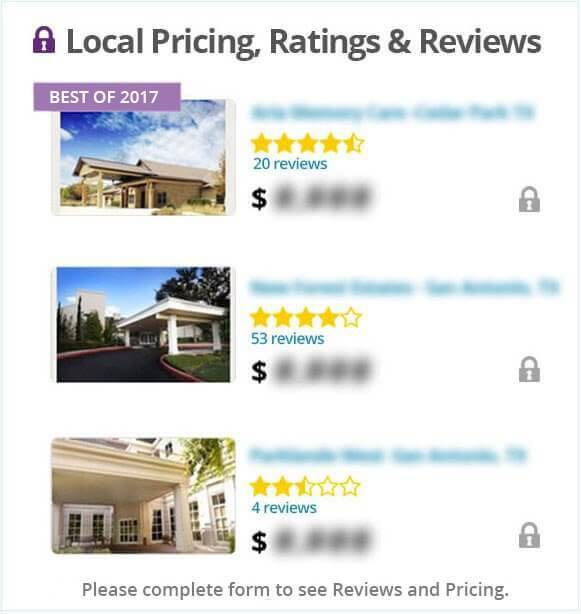How to Avoid Heat Stroke – by Dr. Maria De Leon
By Dr. De Leon
As the summer days have begun to get longer and more people are flocking to the beach, spending more time in outdoor activities while the heat and temperature rises – so do the risk of having a heat stroke.
This risk is even greater for those of us who have chronic illnesses like Parkinson’s disease (worsens with disease severity), high blood pressure, diabetes, kidney and lung disease, thyroid disease and other autoimmune disorders, have a mental illness, are overweight, alcoholism, have sickle cell anemia or are over 65 years of age (seniors & the elderly).
This includes seniors living in structured care environments such as assisted living. Unfortunately, there are far too many senior living facilities that do not have working air conditioning, leaving their residents susceptible to heat exhaustion and heat stroke.
This is because as we age we tend to adjust slower to heat. Many patients with chronic progressive neurological disorders have an already defective autoimmune system thus making them more vulnerable to rapid changes in temperature.
Heat stroke remains one of the leading causes of preventable deaths and hospitalizations in this country. The cause of death is primarily due to brain damage caused by a rapid increase in temperature which affects the basal ganglia (area involved in coordination, movements, and learning) as well as to subsequent trauma to head and body as a result of falling and passing out.
So, what is heat stroke?
A syndrome caused by the inability to regulate one’s own body temperature when exposed to high temperatures resulting in very elevated fevers between 104-106 degrees Fahrenheit, unconsciousness and sometimes even death. This phenomena is not to be confused with heat exhaustion in which patients reach similar extremely elevated body temperatures but manifests itself as a cold, clammy drenching sweat.
As opposed to hot, flushed, dry skin from absence of sweating seen in heat stroke victims. Both of these can occur commonly in elder patients or those that are debilitated from other chronic illnesses like heart or cancer patients.
People with heat strokes can also experience throbbing headaches, dizziness, nausea, vomiting, rapid shallow breathing, increased heart rate which maybe strong or weak, and muscle cramps which can mimic symptoms or rather side effects of some medications (e.g. Parkinson’s medicines).
More importantly common medications in the elderly can increase the risk of heat stroke such as diuretics, sedatives (e.g. antihistamines), seizure medicines, blood pressure pills (e.g. beta blockers), diet pills, antidepressants (e.g. Elavil), and other pain medications frequently consumed by the elder population. The list also includes illicit drug use. Therefore, we must be extra cautious and be super vigilante particularly if these symptoms occur in the context of being exposed to high temperatures or prolonged time out in the sun particularly if you are over 65.
At the first sign of heat exhaustion make sure you:
-move to a cooler shaded / air-conditioned area
- Begin hydrating with water and things like Gatorade -avoid soft drinks and drinks which contain alcohol or caffeine.
- use cooling blankets and fans/ cooling rags/ cooling vests
- take cold showers or baths
Steps to Prevent Heat Stroke:
If heat index is high- stay indoors in a cool place. If you must go outside following recommendations will save your life.
- Wear breathable, light weight, light colored, loose fitting clothing and a hat with a wide brim. Better yet if able to purchase UV protective clothing.
- Use Sunscreen with at least 30 SPF – (sun protective factor). These protective screens must contain Zinc oxide or titanium dioxide. Avoid “natural” products because these will cause use to burn faster! Plus they do not stop UVA or UVB rays. Don’t forget your toes and your face. Apply liberally and repeat every hour especially if in the water.
- Don’t forget those sunglasses!
- Avoid exercising or going out in the sun between 10 am and 4 pm. Do your walking or swimming early in the morning when is cooler or late afternoon.
- Don’t forget to stay hydrated – drink LOTS of WATER. Usually recommend 8 glasses of water but it would be best to up another couple of glasses especially if you are at risk.
- If you have any other questions talk to your physician especially if you are at risk or have any symptoms –call or go to ER ASAP.
- For those staff members working in assisted living and nursing facilities- recommend owning a “Heat Stress Prevention Safety Video.”
Learn the differences between Stroke and Heat Stroke in this infographic provided by the Stroke Association
Now that you know the signs and symptoms and ways to avoid heat exhaustion and stroke- have a terrific summer everyone.
“May your joy be as deep as the ocean and your sorrow as light as the foam.” _unknown
Photo by Swong95765
Sources:
http://www.webmd.com/a-to-z-guides/heat-stroke-symptoms-and-treatment?page=3






Nice article for old people about there health.